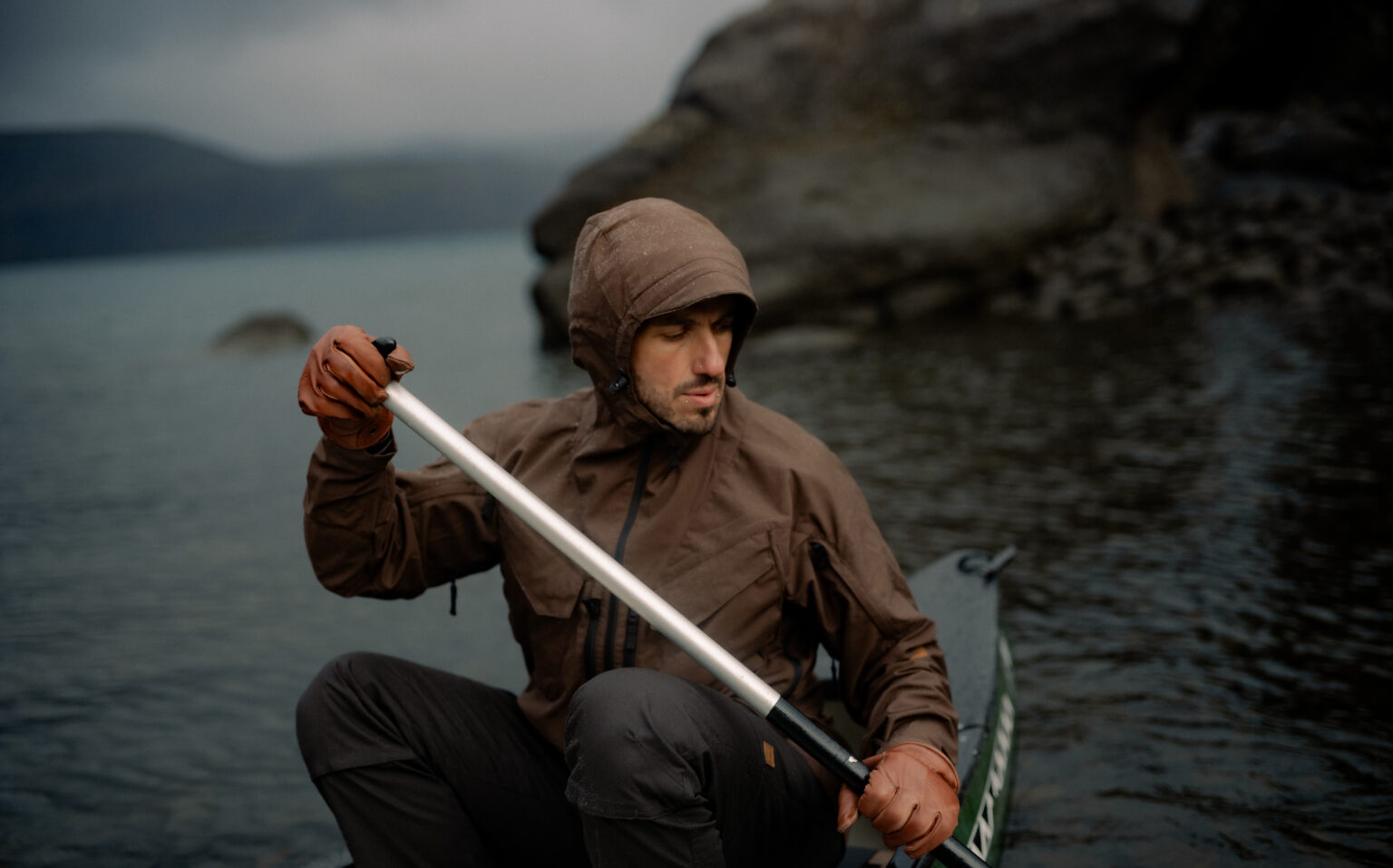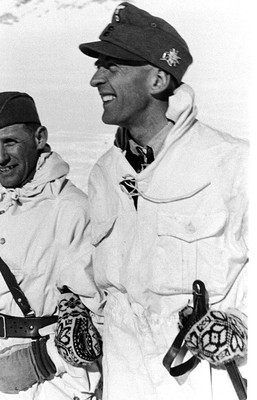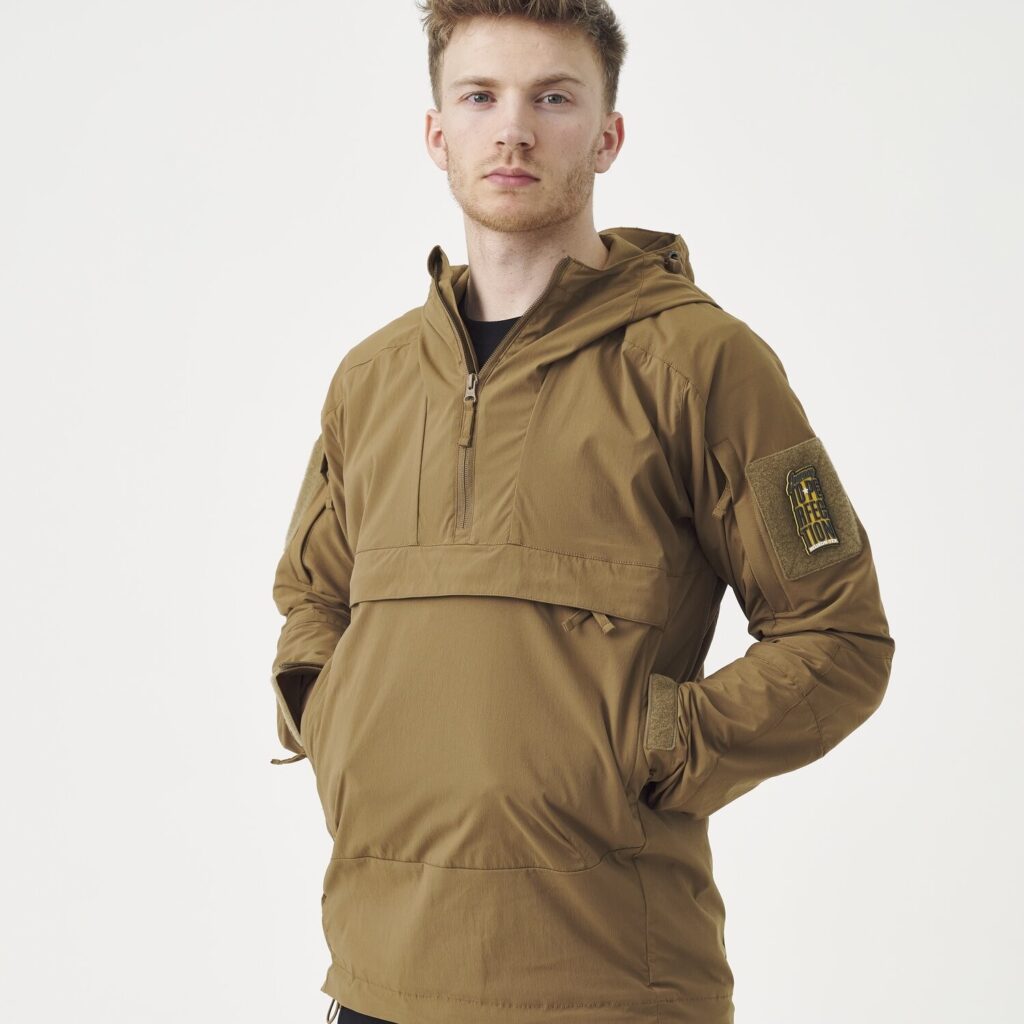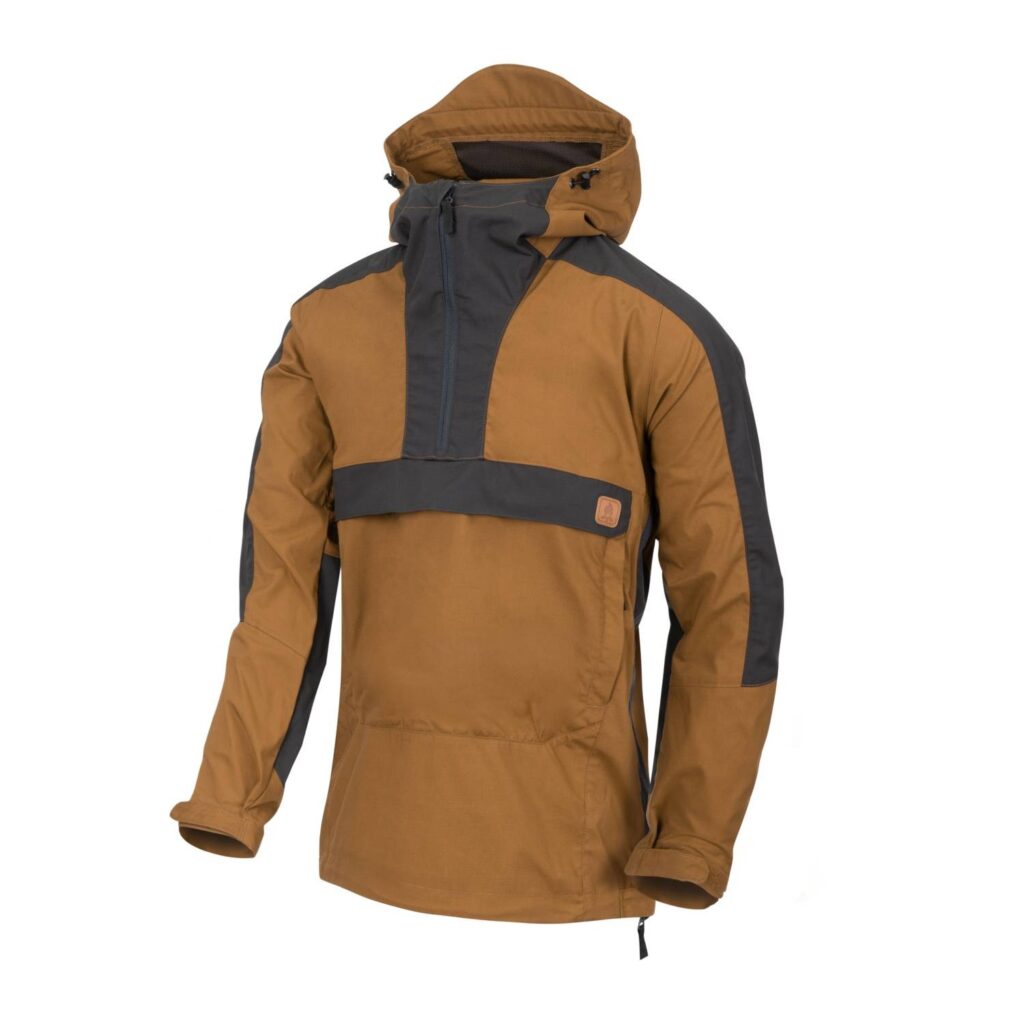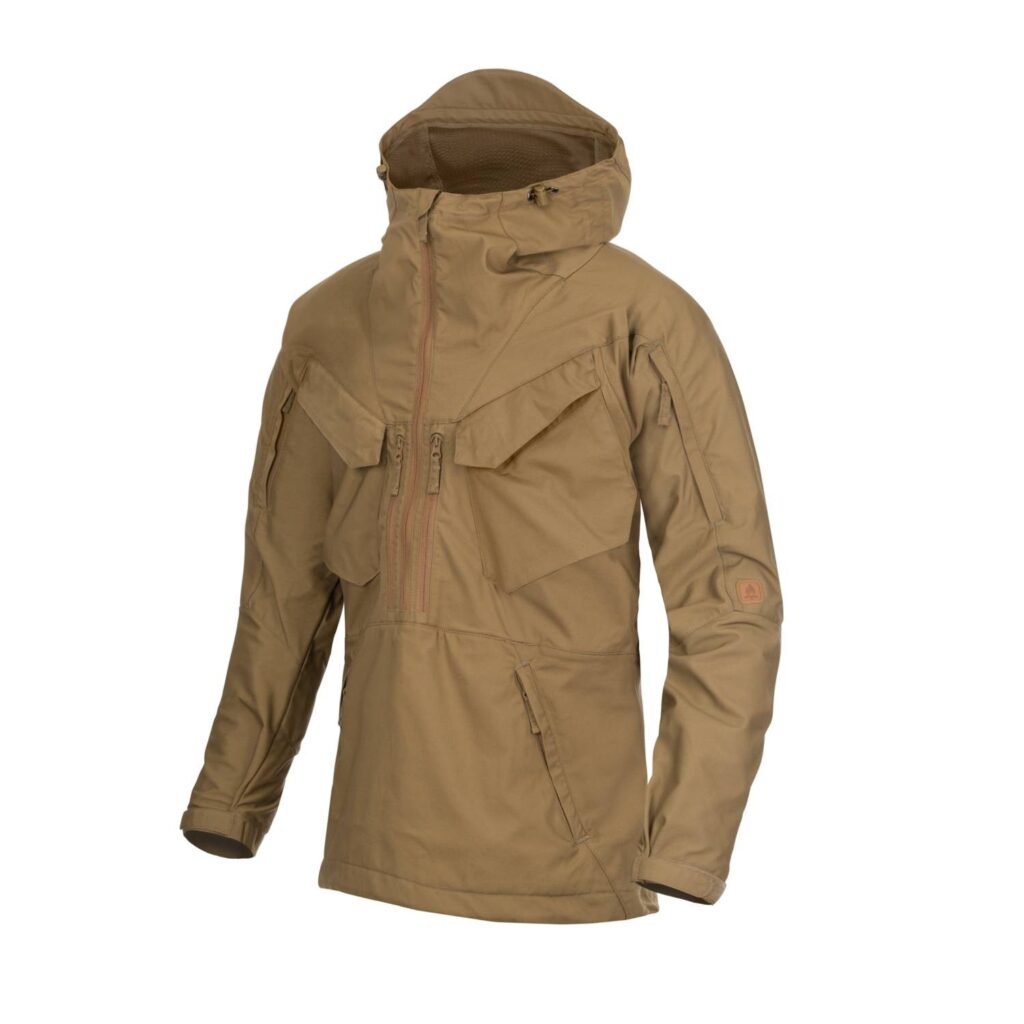In British slang, to call someone an “anorak” is the equivalent of calling them a nerd or a geek – or, as we say in our world, a “geardo”. Well, we’re proud geardos here at Strike-Hold, so let’s follow on from our smock post yesterday by taking a deeper dive into the range of anoraks from our friends in Poland.
As we learned in our previous post, the word ‘anorak’ is derived from an Inuit word annoraaq, meaning a hooded, pull-over, outer-layer garment worn for protection against wind and cold. Confusingly, anoraks are also sometimes called smocks (as in the case of the British military’s Denison and windproof smocks), but modern smocks are very rarely referred to as anoraks. In modern use, ‘anorak’ usually refers to a pull-over garment with no zipper (or only a 1/4 length zip at the neck opening) and, at most, a central flat chest pocket plus two or three other flat pockets. A ‘smock’ on the other hand is usually a looser-fitting garment with a full-length front zip and multiple external box-flapped pockets, as well as several internal pockets for stashing flat or soft items of personal kit. Smocks are therefore designed as a multi-functional, semi-protective, outer layer garment that also either enhances or replaces personal load carrying web gear.
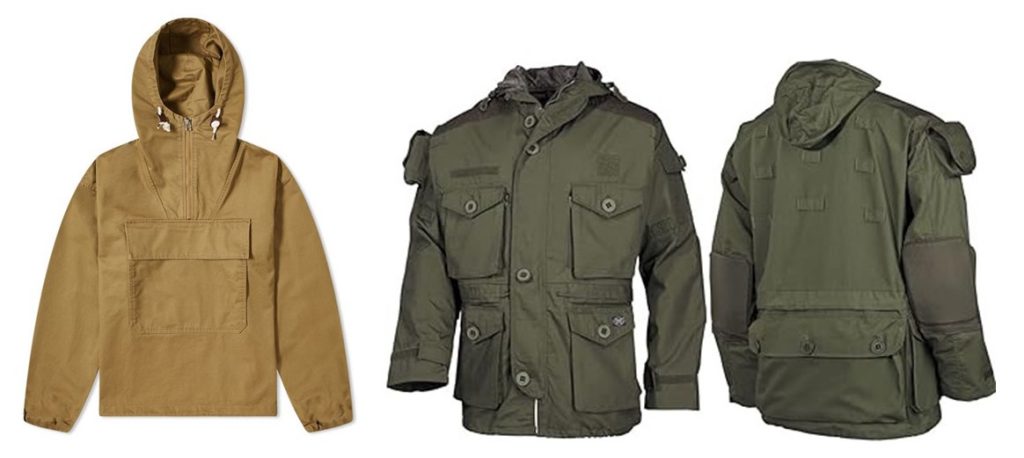
Anoraks in military use
Although we touched on this briefly in our previous article, let’s go into it in a bit more depth now. As we mentioned earlier, it was the famous Norwegian arctic explorer, Roald Amundsen, who is generally credited with popularizing the anorak as outdoor wear in the early 1900’s. The use of anoraks by the Norwegian Army’s crack mountain and ski troops was also common during the years leading up to WWII.
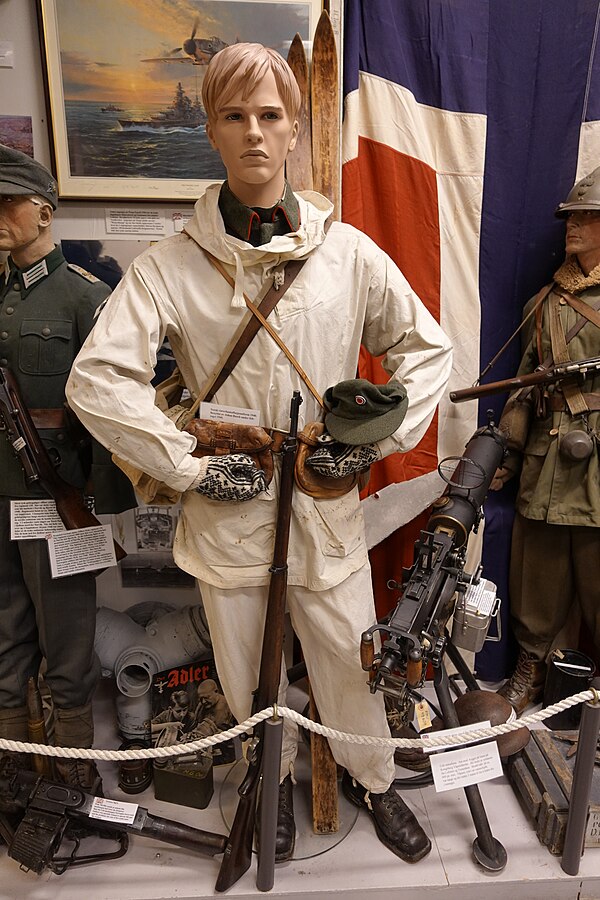
The first military unit to become widely known for officially adopting a windproof anorak as part of its standard equipment was the German alpine corps, the famous Gebirgsjaeger, in the early 1930’s. The first models of this garment were made in a field grey windproof material – later becoming fully reversible to white on the other side. These models were first seen in action during the invasion of Norway in 1940, and later during the invasion of the Soviet Union in 1941, and continued to be used throughout the war.
We covered the trajectory of the British militaries adoption of anoraks / smocks during WWII, after having been impressed by the Norwegian and German models they encountered in 1940. Meanwhile in Poland, the anorak came to be associated with special military use during the tragically heroic Warsaw Uprising of 1944, when the Boy Scouts of Poland joined the resistance movement and fought bravely against Nazi oppression. The simple of design of the Polish Scout anorak was very similar to the example shown in the comparison image above, and was usually either of sand or forest green color.
Today, Helikon-Tex, as a proud Polish brand, carries that bold heritage forward with their range of modern anoraks designed for both outdoor and tactical use. Their range includes models specifically adapted for particular types of use and environments, as follows:
Mistral Anorak
The lightest and simplest in the range, the Mistral is made from StormStretch® softshell fabric which protects against wind, mist and light rain, while maintaining breathability. It features a 1/4 length front zipper and a large front pocket with an internal organizer for easy and quick access to your everyday essentials – whether hiking, camping, or going about town. For added practicality, the Mistral also includes two hip pockets and two shoulder pockets, reinforced elbows – for increased durability – and an adjustable hood.
Woodsman Anorak
For more adventurous activities, the Woodsman is made from two high-quality materials, carefully chosen for their combined benefits. The front of the anorak is constructed from DuraCanvas®, which provides great protection against wind, and can also be waxed to provide added protection against mist, moisture and light rain – it is also resistant to sparks and physical damage. The back is constructed from StormStretch® softshell fabric for enhanced breathability and freedom of movement – the fabrics moisture wicking properties are also ideal when using with a backpack. The Woodsman also features a large kangaroo pocket with an internal organizer, an adjustable hood, and adjustable cuffs. It also features double-sided side zippers that run from the armpit down to the hem, which makes it quick and easy to put on and take off – as well as providing excellent ventilation.
Pilgrim Anorak
The Pilgrim anorak is the most robust of Helikon-Tex’s outdoor range. It is intended for rugged bushcraft use and is made entirely from durable, spark- and tear-resistant DuraCanvas® fabric – which can also be waxed for extra weather protection. It features a longer (1/2 length) front zipper for easier putting on and taking off, as well as numerous pockets in order to organize and carry a substantial amount of gear. The unique and thoughtful placement of the Pilgrim’s pockets ensures quick access even when sitting or kneeling, and the also feature internal straps for securing your items. The body length of the Pilgrim has also been cut longer for greater weather protection, and the lower front kangaroo pocket is lined with insulation to help warm up cold hands. Inspired by both a nickname for Britain’s elite SAS soldiers, and by their legendary ‘kit carry’ smocks, the Pilgrim anorak nicely bridges the gap between tactical and outdoor use, and between smock and anorak designs.
Tracer Anorak
The newest member of Helikon-Tex’s anorak range, the Tracer is designed for both tactical and outdoor use. Based on the Woodsman, but using the same 50% Polyester, 48% Cotton, 2% Elastane material on the front and the back of the jacket, the Tracer also comes in both civilian colors and several camouflage patterns (note: the MultiCam version is made from tactical 65% Polyester, 35% Cotton ripstop fabric). As befits it dual outdoor/tactical use, the Tracer has more pockets than the Woodsman – eight in total: two on the shoulders, a large front pocket with three internal compartments and one external, as well as a pass-through pocket under the main compartment close to the body, perfect for warming your hands or storing gloves. The Tracer also features a more oversized fit than the Woodsman so that you can layer it over an insulation layer and still maintain a camouflaged exterior. The fit can also be adapted to your requirements using several adjustment points. Lastly, the ventilation can be adjusted using the full-length side zippers.
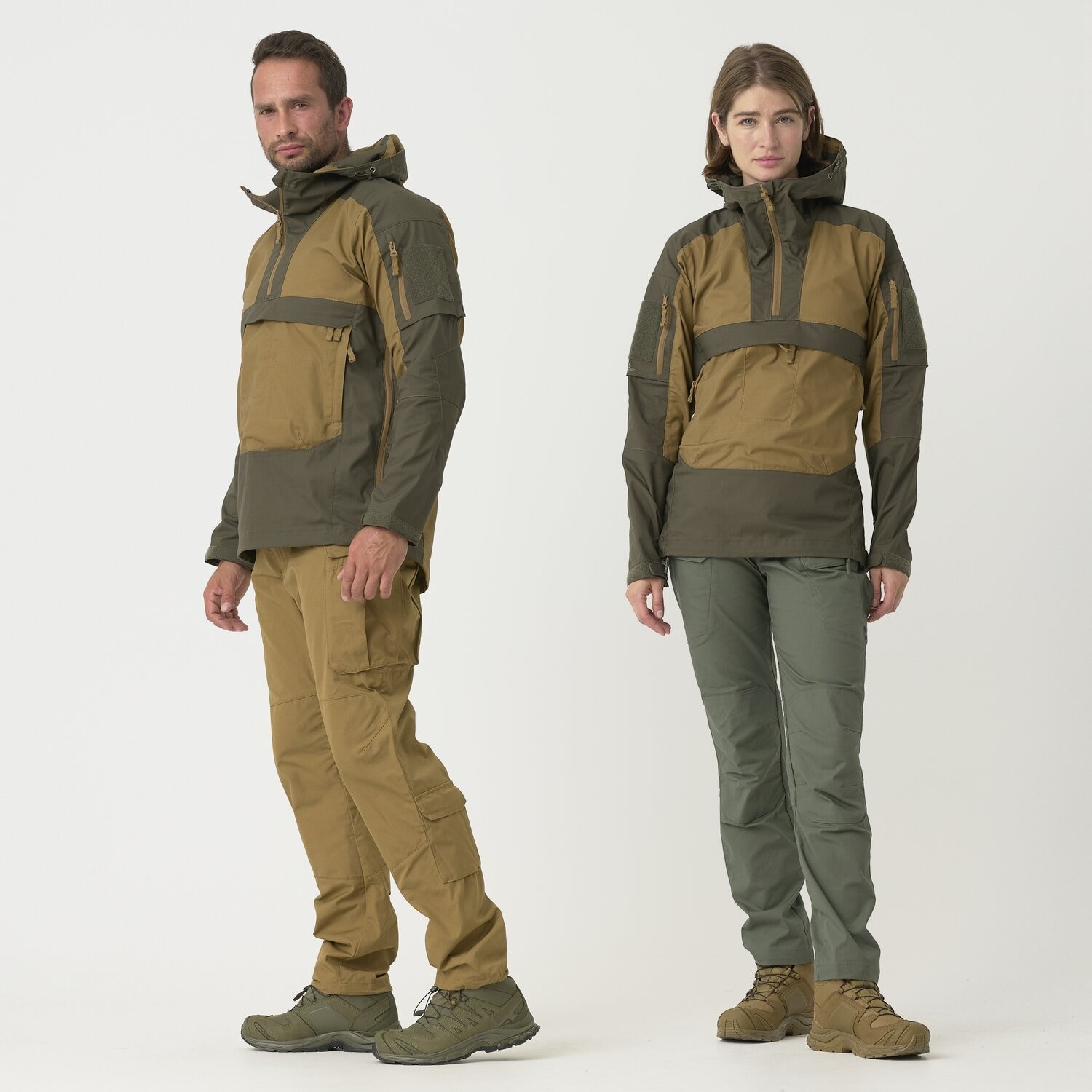
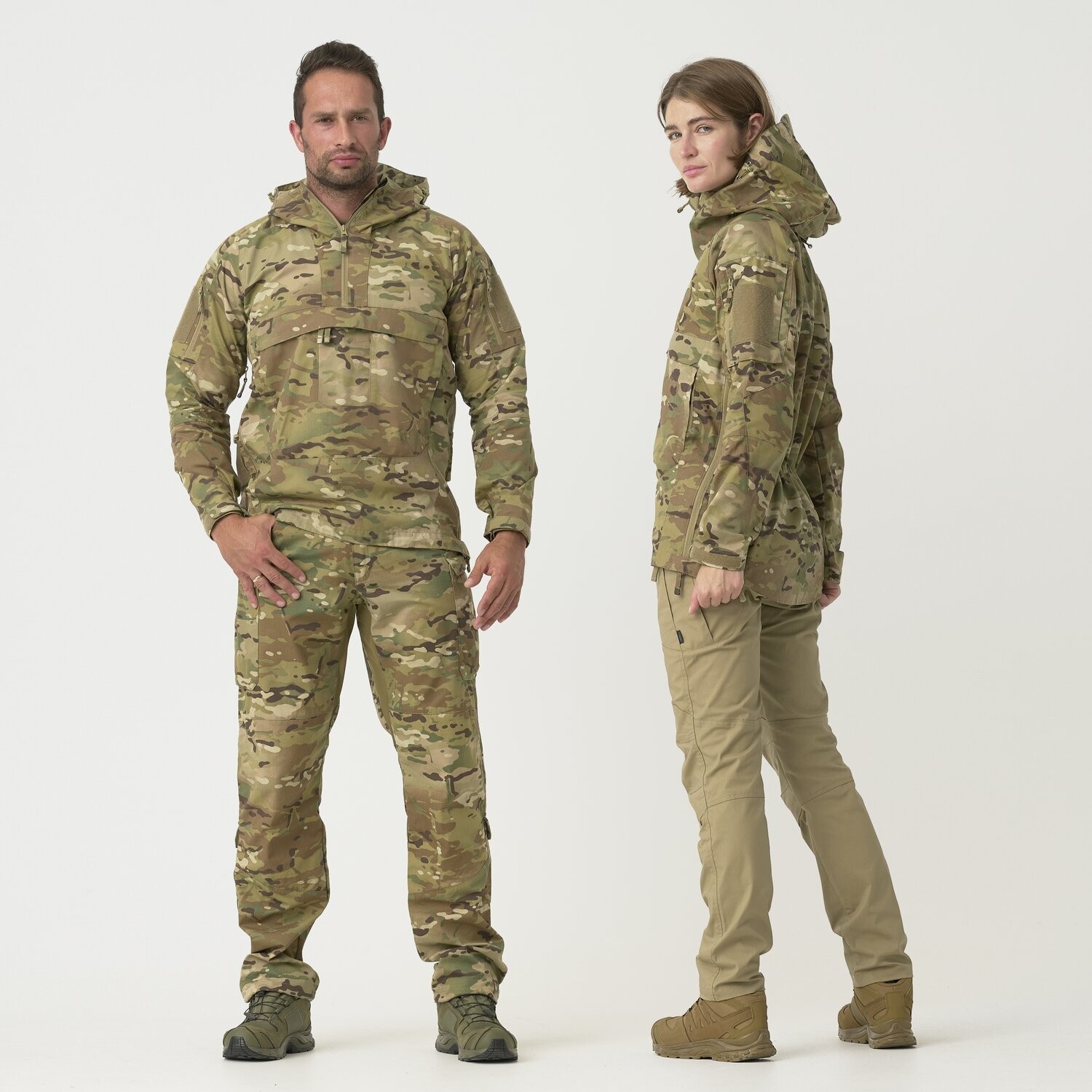
Anoraks have come a long way from being a functional cultural icon of the Inuit peoples of the Arctic, to a protective garment for explorers and workers, to being a practical outer garment for military, bushcraft, outdoor, and everyday civilian users. Whatever your needs, you’re sure to find a model within the Helikon-Tex range that suits your purpose. You can find all of the options online at the Helikon-Tex store, or at your favorite Helikon-Tex retail partner.
